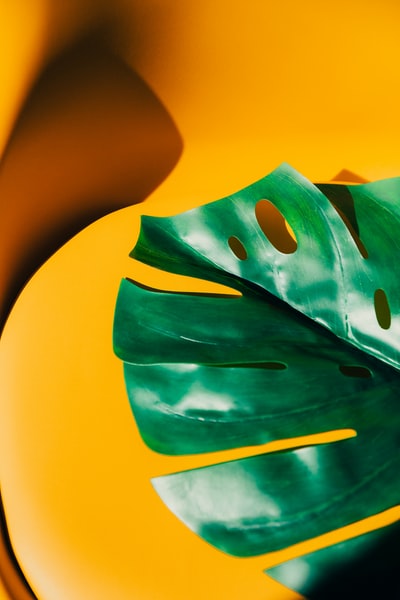You need to know that the circulatory system is also referred to as the cardiovascular system. It’s composed of the heart, blood vessels and the blood and made of two circuits: the pulmonary and the systemic. When you exercise the blood is pumped faster around your body which then means you can exercise for longer.
Circulatory system components
The circulatory system has three main components:
- the heart
- the blood vessels
- the blood
It’s made up of two circuits which together are known as the double circulatory system. This means that blood moves through the heart twice.
- The pulmonary circuit takes blood to the lungs. Here, carbon dioxide is absorbed by the lungs and oxygen is taken up by the haemoglobin instead. The oxygenated blood then returns to the heart.
- The systemic circuit is the one which carries this oxygenated blood around the body. The oxygen is taken up by the cells along with nutrients which are also being carried in the blood. The haemoglobin then takes away the carbon dioxide. The blood also carries away other waste products like urea.
The heart

The amount of blood being pumped at one time can be calculated by:
heart rate x stroke volume = cardiac output
The heart is composed of four chambers:
- two atria which collect the blood
- two ventricles which pump the blood from the heart
The blood should only ever move in one particular direction. So, to prevent it from flowing backwards the heart contains valves.
Blood vessels
Within the body there are three main types of blood vessel:
| Type | Function | Adaptations |
| Artery | Carries oxygenated blood away from the heart (apart from the pulmonary artery which carries deoxygenated blood to the lungs). | The blood is travelling at a high pressure in order to more around the body so arteries have:
|
| Vein | Carries deoxygenated blood to the heart (apart from the pulmonary vein which carries oxygenated blood from the lungs to the heart). | The blood is travelling at a low pressure so veins have:
|
| Capillary | This is where gases are exchanged: oxygen passes from the arteries into the capillaries and then into the tissue cells. Carbon dioxide can then pass from the tissue cells into the capillaries and then on into the veins. | Gases need to be able to move easily through capillaries at a very low blood pressure and so they have very thin walls only one cell thick. |
Blood and exercise
In order to understand the function of blood during exercise it’s important to know first of all what blood is composed of. It contains four main components:
- Plasma: this is the fluid part of the blood. It carries carbon dioxide along with other waste products, like urea, and hormones.
- Red blood cells: their role is to carry oxygen to the cells which they achieve by being filled with haemoglobin. They’re produced in the bone marrow and the more you train the more that are made.
- White blood cells: these are much larger than red blood cells and are also produced in the bone marrow. Their main function is as part of the immune system. They’re able to fight off infection by either producing antibodies or engulfing the harmful microorganisms.
- Platelets: these fragments of cell are important for blood clotting. If cells are damaged the platelets can stick together forming a plug or clot. They’re also produced in the bone marrow.
During exercise your blood carries out a number of important functions:
- it carries oxygen to the muscles
- it also transports nutrients
- it removes waste products like carbon dioxide
- it takes away or at least dilutes lactic acid (a product anaerobic respiration) to keep the acidic balance in check
- it helps to regulate heat by cooling the body down
